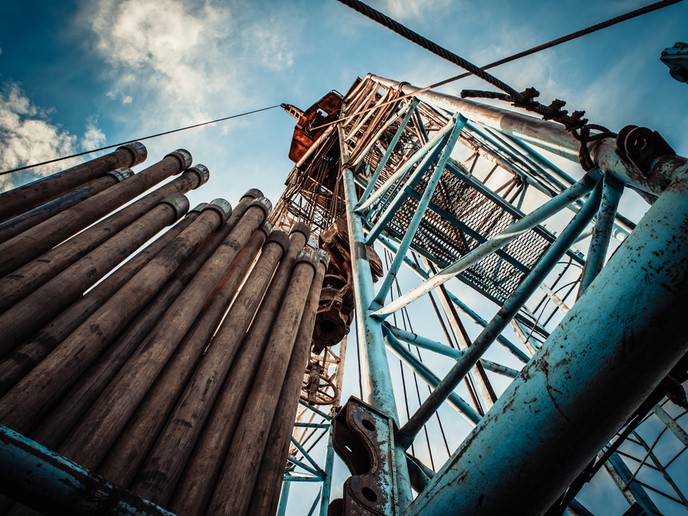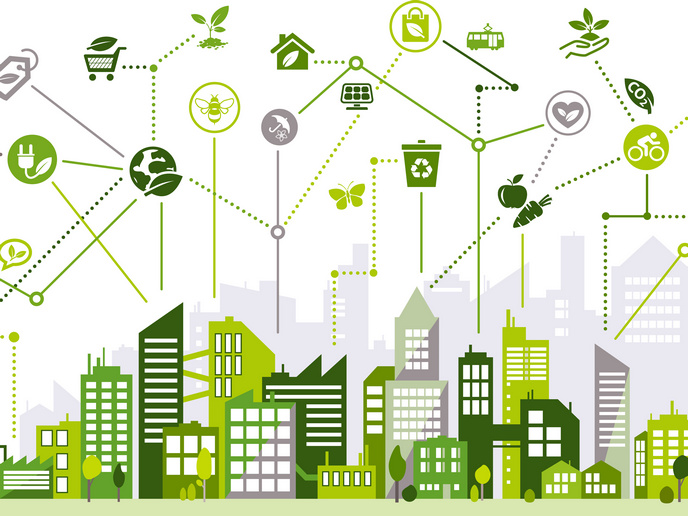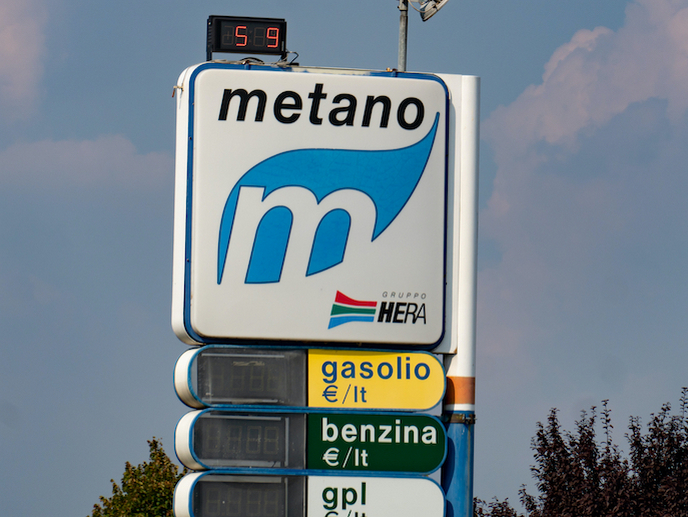Making sure shale gas doesn’t fracture the society-energy relationship
Europe has an abundance of shale formations of such potential that their extraction could become a practical necessity for the next 30-50 years. Yet, shale gas production faces many challenges, chief among which is the uncertain environmental footprint of this process. The EU-funded ShaleXenvironmenT project was established to better understand the environmental impacts of shale gas extraction in Europe. “Securing abundant, affordable and clean energy remains a critical scientific challenge,” says project leader Professor Alberto Striolo. Great care is needed to assess and pursue this energy resource in the safest possible way for the future of Europe whilst protecting its diverse natural environment. The team assessed the environmental footprints of this process by examining its impact on freshwater usage, seismicity and greenhouse gas emissions. Finding the best data to protect the environment Project work was set up to ensure safeguarding of the public, to encourage industrial best practices in shale gas extraction in Europe. The research team used experiments and models to learn about many fundamental properties around rock-fluid interactions, fluid transport and fractures initiation and propagation in rocks. “The underlying rationale was that understanding is key to minimise the environmental footprint related to producing a unit amount of shale gas,” notes Prof. Striolo. “If the community learned to extract more of the gas ‘in place’, with environmentally acceptable technologies, the environmental footprint would decrease.” The research team began by identifying the main unknowns, and they built upon collaborations with research groups in North America and elsewhere. They delivered results that could grow the collective understanding of the processes that go into shale gas production. Technological advancements Among other achievement, group members designed an instrument that allowed them to observe a fracture as it occurred in a rock sample. The researchers performed the experiment using a synchrotron and obtained results that can help the scientific community understand how fractures occur in different materials. The team also designed a fluid for fracturing that only contains environmentally friendly chemicals that are even edible, and that can work better than conventional hydraulic fracturing fluids. The ShaleXenvironmenT team identified best practices to reduce water consumption while stimulating shale formations, which could increase public acceptance of the technology. They also discovered some important relationships between minerals found in shale and their mechanical properties. This result should help the community better understand, and maybe predict the mechanical properties of shale formations around the world. Project partners developed instruments to simulate the conditions found in geological formations, and they discovered relationships between porosity and permeability. “What is truly remarkable is that all these individual advancements have been obtained synergistically and collaboratively in understanding shale gas production,” underlines Prof. Striolo. “We expect that, in due time, our contributions will promote progress toward several grand scientific challenges.” While hydraulic fracturing has remained controversial worldwide due to its contested environmental impacts, the team maintained an open channel of communication with other researchers and the public. Project researchers maintain that the public is the ultimate decision-maker with respect to what resources are to be exploited and how they should be exploited.
Keywords
ShaleXenvironmenT, shale gas, gas extraction, fracking, environmental footprint, environmental impact, clean energy, fracking fluids







